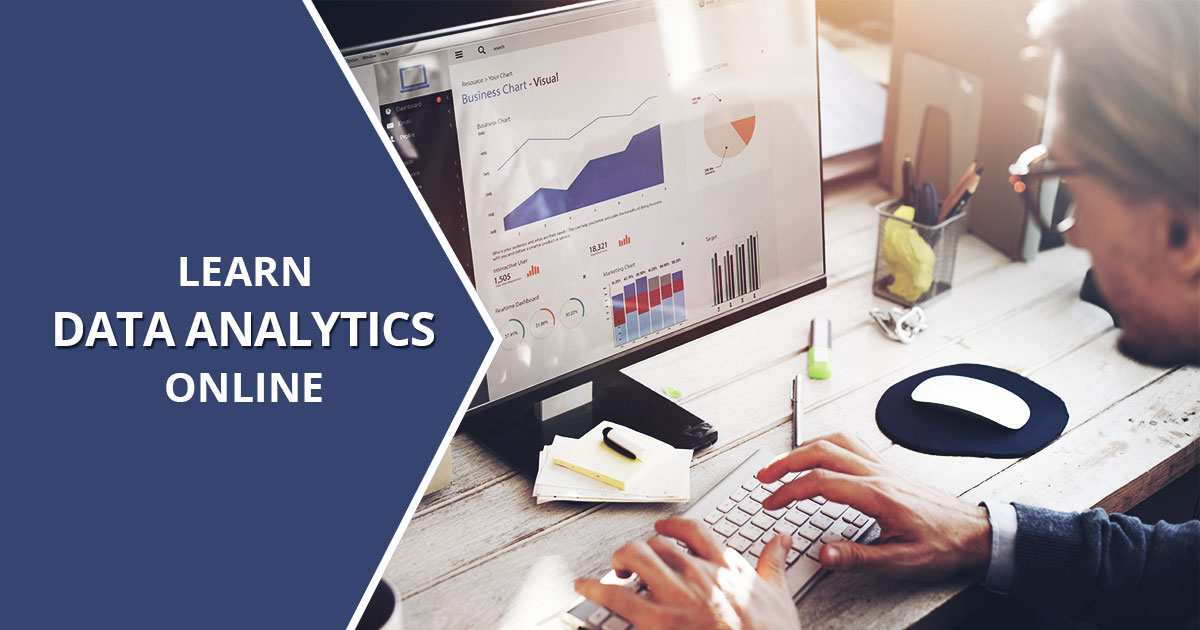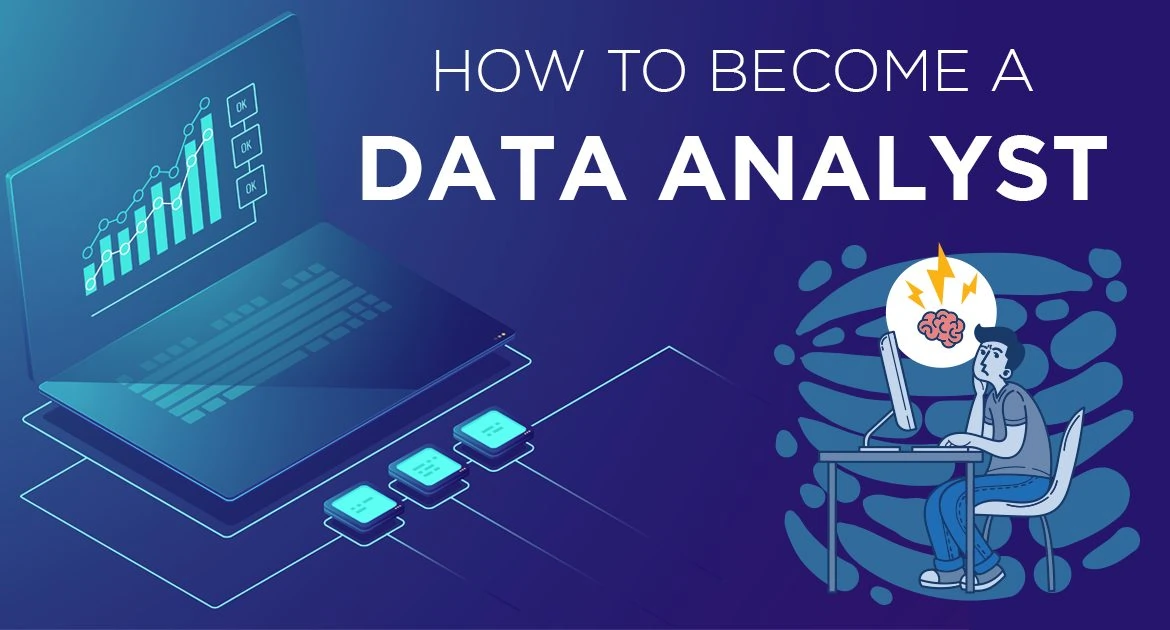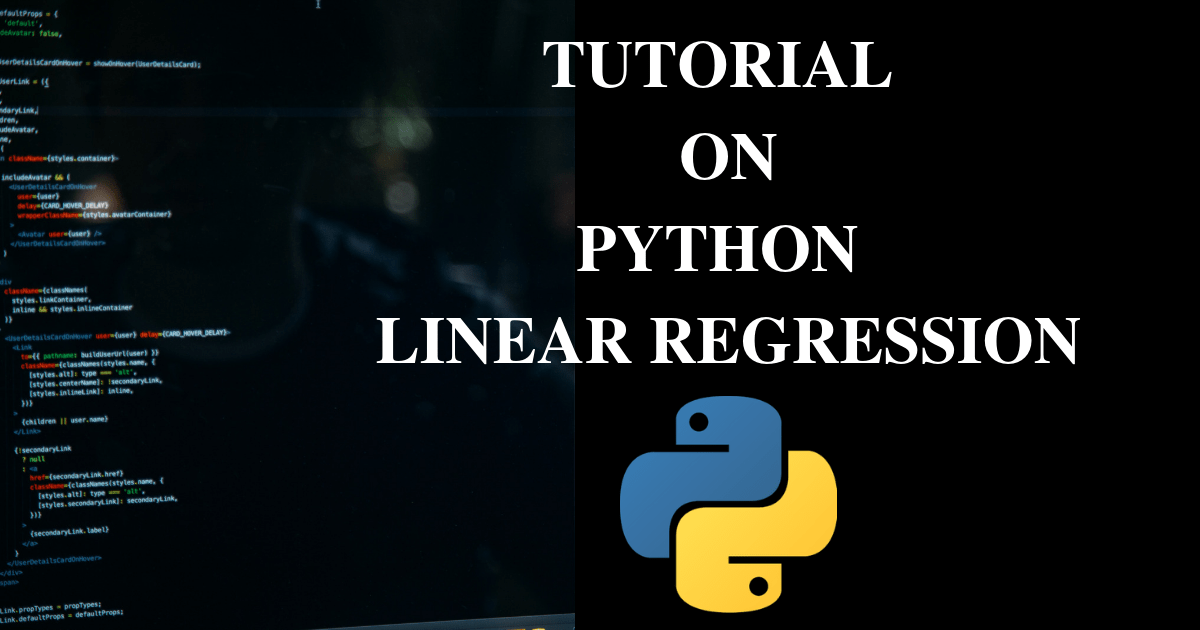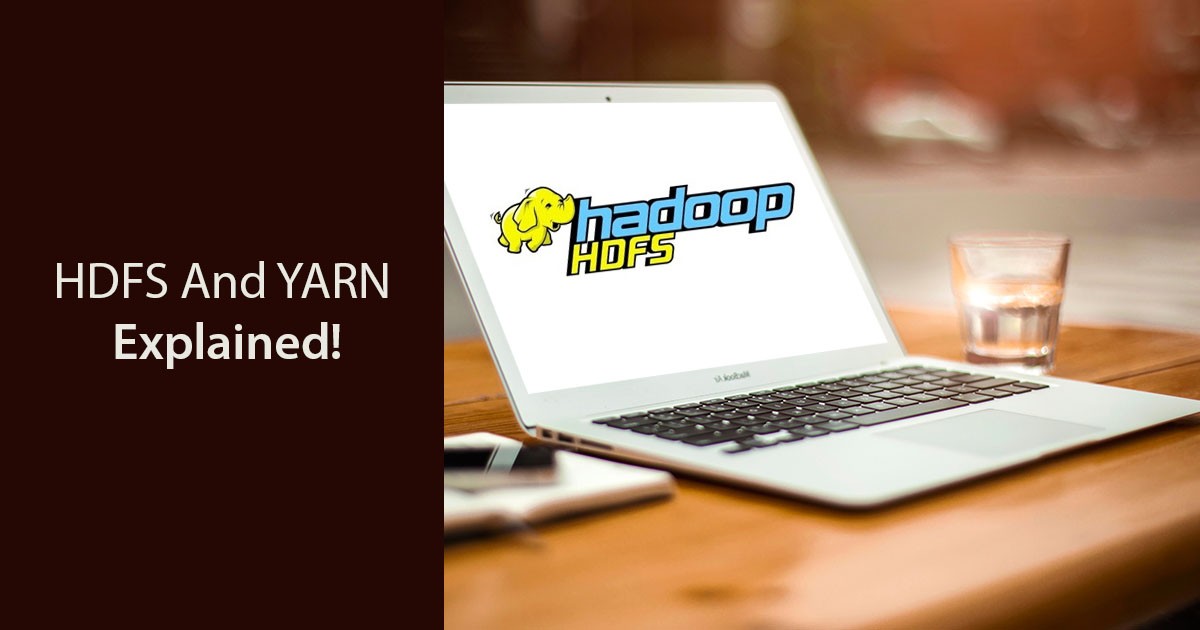Searching for the best Pandas Tutorials? You are on the write page. The reason Python is the most popular language when it comes to data science and machine learning is its exceptional libraries. Pandas are one such Python library that is commonly used in data analysis.
The Pandas library was created by Wes McKinney, founder of tech startup Datapad. While there is a lot of documentation around the library, comprehensive Python Pandas tutorials are the best way to master it.
What is Pandas?
Pandas is a Python library that is most commonly used in data analysis, data manipulation, and data visualization. The Pandas library is the backbone of most projects in data science, analytics, and machine learning.
Term Pandas is derived from the word “Panel Data” which is a term used in econometrics to describe data sets that have observations over multiple periods of time for the same individuals. For anyone who is serious about a career in data science, thorough Python Pandas tutorials are one of the first things they need.
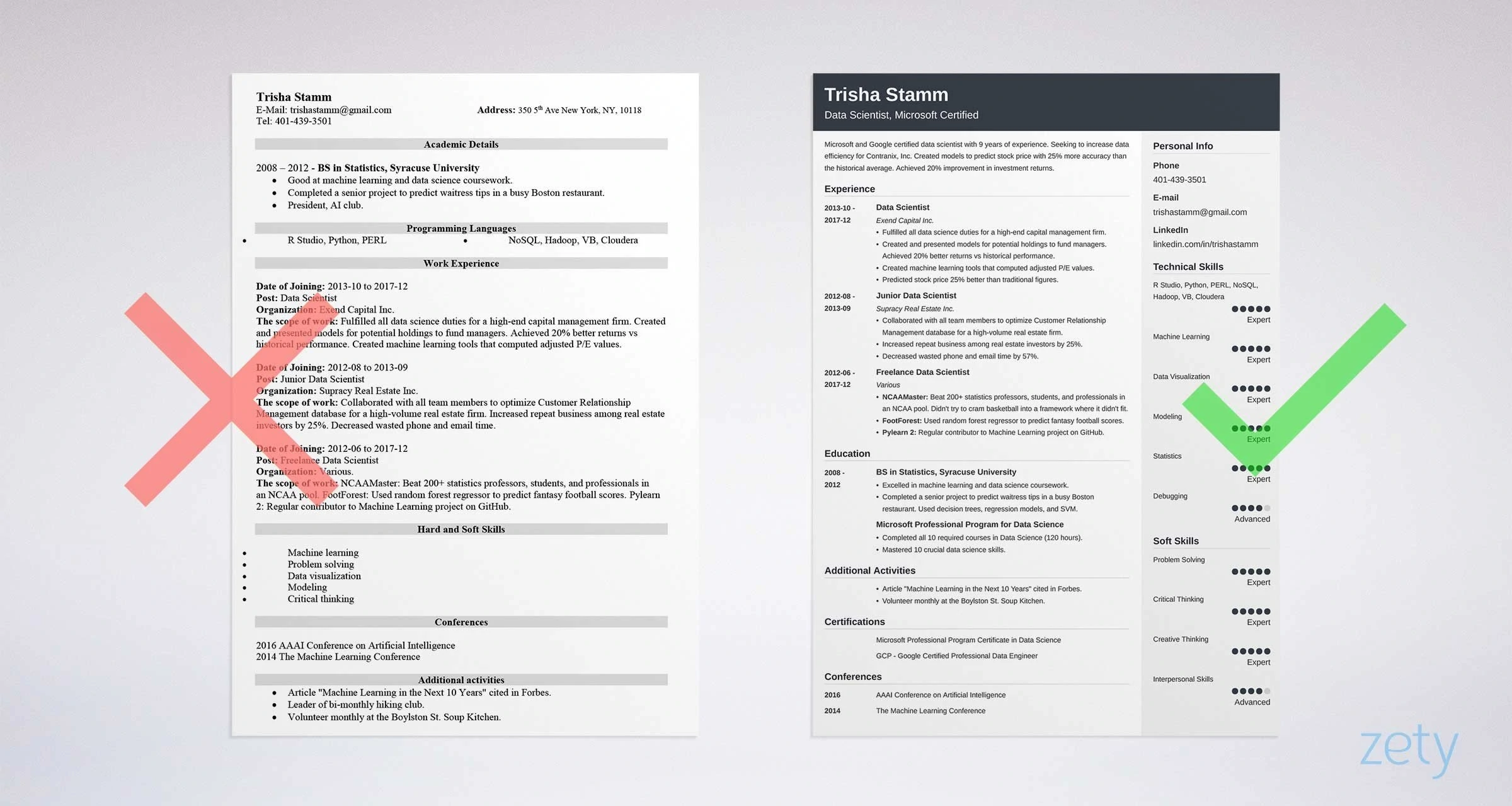
Why is it Critical to Data Analysis & Machine Learning?
Let’s understand the entire data science pipeline first to see where Pandas fits in.

As you can see Pandas and NumPy are both used in the intermediate “Data Exploration and Cleaning” stage. In other words, if you have done Pandas tutorials pdf you will be able to clean your data to make it actionable for predictive modeling. Within this overall context, these are some of the main applications of Pandas:
(i) Selecting different data subsets
(ii) Finding missing data and filling it where needed
(iii) Reading and writing a variety of data formats
(iv) Performing calculations both across rows and down columns
(v) Changing the shape of the data to make it more actionable
(vi) Visualization of data using Seaborn and Matplotlib
(vii) Combining a number of datasets
(viii) Using the advanced time-series function
(ix) Usage of operations on different, independent groups within the larger dataset
As you can see, unless you use a library like Pandas or NumPy, it’s almost impossible to clean the data to a point that it can be used to test different machine learning and data science models.
Pandas Tutorials- Basic Guide on How to Learn Pandas
There are two main ways in which you can learn Pandas. First Python Pandas tutorial can be just knowing how to execute the different operations in the library.
The second can be learning Pandas in a practical way; that is how you would use it if you were actually analyzing data. Here’s how the two approaches differ from each other.
(i) Learning Pandas independent of actual data analysis- This approach would mean that you’re mostly reading and exploring the official Pandas documentation.
(ii) Learning Pandas while actually conducting data analysis– In this approach, you actually use real-world data and conduct data analysis. Kaggle datasets is a great place to find such data.
When you’re actually learning Pandas, it’s best to use an alternating approach where you alternate between exploring the documentation. Also, getting your fundamentals right and then applying your learning to actual data analysis are best to use here.
Here is a step-wise guide on how you should proceed if you plan to master Pandas on your own.
1. Start with the Official Documentation
Even though the official Pandas documentation is thorough and lengthy at 2195 pages, it is the best place to start. There are 15 sections in the documentation that are important if you’re a beginner.
It’s a good idea to create a separate Jupyter notebook for each section. As you go through the documentation, you can write and execute the code in your notebook.
However, you need to remember that the documentation comes with a major disadvantage. Although it is comprehensive, it doesn’t actually show you how to actually analyze real-world data.
All the data used in the documentation is randomly generated and using Pandas on real-world raw data is a very different ball game.
Secondly, you will use multiple Pandas operations while doing real-world data analysis which is simply not an option with the documentation. The documentation teaches Pandas in a unidimensional way, without leaving room for troubleshooting and innovating, which is so important.
2. Supplement the Documentation with Real Data Analysis
Once you have gone through a significant part of the documentation, start with Kaggle datasets. Download the data and create a Jupyter notebook.
Use this dataset to practice what you’ve learned in the sections of the documentation that you’ve gone through. This will ensure that you supplement the more mechanical learning from the documentation with real-world data analysis.
Kaggle Datasets
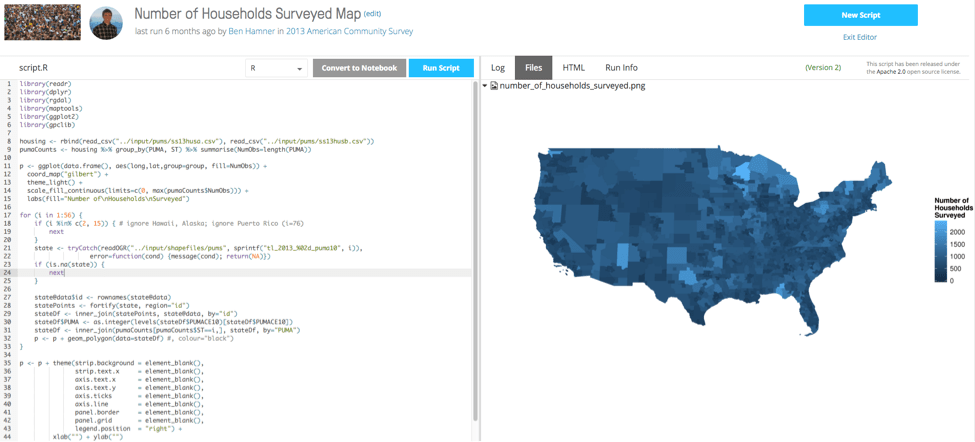
3. Gain Expertise in Pandas
If you’re serious about a career in data science, it isn’t enough to just know Pandas. You need to become a power user with a lot of expertise in Pandas.
One needs to make sure your code is exceptional and that you are writing Pandas operations in a way that maximizes efficiency.
4. Use Stack Overflow to Test What You’ve Learned
The best way to test whether you’ve really understood a Python library is by answering questions on the library on Stack Overflow.
More than 50000 questions have the Pandas tag, so a great way to assimilate your knowledge is by answering some of them. As you answer the questions you will find there is more clarity in your own thought process also.
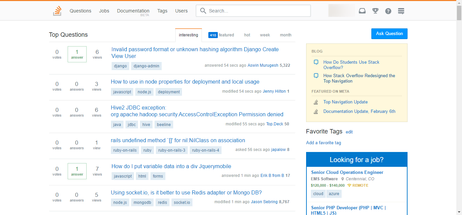
A-List of the Best Pandas Tutorials
The approach outlined above may not work for everyone. For one, the documentation, though thorough, is very unidimensional. It can also be confusing at times.
Simultaneously learning the operations through the documentation and then applying them to real-world data analysis is not everyone’s cup of tea. If you are looking for a more structured approach, then you will find some excellent Pandas tutorials available online.
There is no such thing as the best Pandas tutorial pdf. A number of Pandas tutorials out there that can help you master the basics of Pandas are there.
While some specialize only in the Pandas library, others give you a more comprehensive knowledge of data science as a whole. Here are some of the best Pandas tutorials you can refer to. These include Panda tutorial PDF, Jupyter Notebooks, textbooks, blog posts, video series, and even code snippets.
1. Python for Data Analysis by Wes McKinney
McKinney is the creator of Python and he wrote this book in 2012. This book covers Pandas, NumPy and IPython. It also has an appendix of Python Language Essentials. The second edition of this book has been released recently and is one of the most definitive books on Pandas.
2. Common Excel Tasks Demonstrated in Pandas: Part 1 and 2
This is a blog post that is great for people who have a strong background in MS Excel. The blog Practical Business Python is authored by Chris Moffitt and is specially designed for business analysts and data scientists.
This blog post can help you build a mental model for how Pandas thinks which can go a long way in your mastery of the library.
3. Intro to pandas data structures: Part 1, 2, and 3
This refers to Greg Reda’s Pandas tutorial. It’s amazing for beginners because it goes into just the right amount of detail and is eminently readable. The best part about this tutorial is that it has a number of real-world examples that really elucidate the subject matter.
4. Code Snippets
Are you’re the sort of person that learns quicker by just looking at code snippets as opposed to heavy-duty books and articles? Then Mark Graph’s 10-page Cheatsheet to the pandas DataFrame object or Chris Albon’s Data Wrangling code samples are your best bet.
5. Translating SQL to Pandas
This is a Jupyter notebook from Greg Reda. This is great for people who have a background in SQL and are now transitioning to Pandas. A detailed video presentation to go along with the notebook is shown below.
6. Modern Pandas
We all know that there is a huge difference between someone who knows the basics of Pandas and someone who has complete mastery. This pandas tutorial on Github by Pandas contributor Tom Augspurger is largely for intermediate Pandas users who want to want to make their code as modern and efficient as possible.
7. Introduction to Pandas / Data Wrangling with Pandas / Plotting and Visualization in Python
These Jupyter notebooks are from Chris Fonnesbeck’s Advanced Statistical Computing course at Vanderbilt University. They are very detailed and discuss many powerful Pandas features that are overlooked in other Pandas tutorial pdf. If you’re looking for an extremely comprehensive and in-depth Pandas tutorial, then this is the one for you.
Conclusion
At the end of the day, mastery over the Pandas library is a must for any data scientist worth their salt. A comprehensive Pandas tutorial is probably the best approach as it will give you the mastery you need. If you want to learn Pandas in a bid to have a career in data science and analytics, then it’s a good idea to do a comprehensive data science course.












